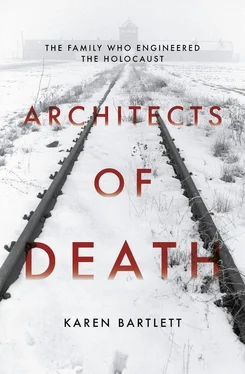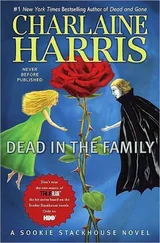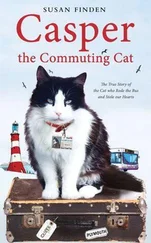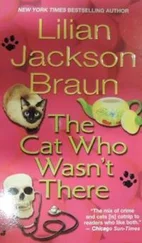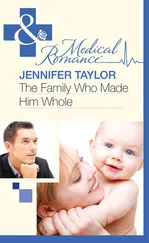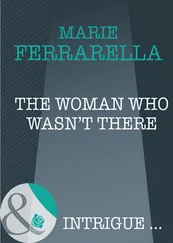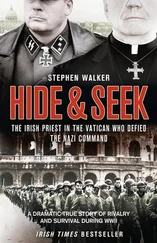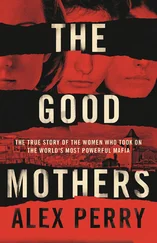For the engineers themselves, Kurt Prüfer, Fritz Sander and Karl Schultze, it was a question of personal ambition, rivalry and financial gain. There they sat, on the third floor of the administration building, drawing up ever-wilder plans for the more efficient disposal of human life – all the while thousands of their victims were trapped in Buchenwald, a concentration camp that could be seen out of the window on the Ettersberg hill. And beyond the engineers were the fitters, the men on site who witnessed the horrors of the Holocaust on a day-to-day basis; more remotely the secretaries who typed the memos; the managers and paper pushers who stamped the files; and the operations director who joked that, surely, there could almost be no one left to burn.
Topf and Sons was by no means unique in serving the SS and the Third Reich; in that, they were like thousands of other technocrats, scientists, engineers, town planners, economists, doctors and business men. In making such a pact with the devil they were given permission to shed their civilised skin, and dream their wildest dreams; to make real their biggest professional ambitions without regard for human life or dignity. Even today their sheer detachment and disinterest creeps from the pages of the archive and lays its cold fingers upon anyone who reads it, yet it was the very ordinariness of their human motivations that makes them so easy to understand – and so appalling.
As an English writer and journalist living in London, completing this book required help and input from many people.
Without the research and translation work of Paula Kirby, this book could not have been tackled at all. Paula, an experienced German translator with an incredible knowledge of, and interest in, German history, devoted an enormous amount of time to translating secondary literature into English for me. She then took on the unwieldy task of sorting thousands of primary archive documents from the Thuringia State Archive, identifying relevant information and translating it. In addition, she was always happy to translate emails, work on footnotes relating to German sources – and conduct phone interviews in German, including an interview with ‘Florian’, who believes he is the son of Ludwig Topf.
The second person who worked extensively on the German portion of the book was Britt Pflüger, herself an author and editor. Britt proved invaluable in navigating the Thuringia State Archive, which was no easy task, and doing a preliminary sift through thousands and thousands of files to identify useful material. Britt also spent many hours reading German newspapers and magazines from the 1940s, as well as conducting and translating long interviews in Erfurt and Weimar.
The final person to help translate German material into English was Caterina Andreae, who swiftly and expertly translated a series of first person audio interviews with some of the key people mentioned in the book.
Of the many people who cooperated, helped and agreed to be interviewed, the most important, of course, was Hartmut Topf. Hartmut plays a key role in this story – his efforts played a large part in bringing the Topf and Sons memorial in Erfurt to fruition. Hartmut also spent many days being interviewed for this book, showing me his childhood scenes in Berlin and Erfurt, and introducing me to others in the story. He facilitated many interviews, and made available many photos and family documents.
I would like to thank the Thuringia State Archive in Weimar, which houses the archive for Topf and Sons, as well as the Buchenwald Memorial and the Auschwitz Memorial, for making documents and photos available to me.
For German readers interested in a detailed history of Topf and Sons, I recommend Annegret Schüle’s book Industrie und Holocaust: Topf & Söhne – Die Ofenbauer von Auschwitz, which is a definitive text based upon the Topf and Sons archive. Annegret is also the director of the Topf and Sons memorial in Erfurt, and I appreciate the time she spent discussing this book with me, and for connecting me with Hartmut Topf.
I would also like to thank Rüdiger Bender, a trustee of the memorial in Erfurt, and the very first person to speak to me about Topf and Sons. Rüdiger was always willing to connect, and reconnect, with me over several years to discuss his project – and I have always been struck by his political passion and determination to make the story of Topf and Sons a relevant one in today’s world.
This book has been a particularly difficult and time-consuming project, and so I have to thank my mother in particular for stepping in so often and helping to organise the rest of family life so that I could pursue it. I also have to thank my father and many others for believing in this book from the beginning, as well as Gaia Banks at Sheil Land, and Olivia Beattie and Bernadette Marron at Biteback Publishing for supporting with all the practical steps that turned it into a reality.
A
Adolphe Sturcke Bank 1
Albrecht, Ursula 1
Arndtheim, Arthur Solus 1
Auschwitz-Birkenau (concentration camp) 1, 2, 3, 4, 5, 6, 7, 8, 9, 10, 11, 12, 13, 14, 15, 16, 17, 18, 19, 20, 21, 22
corruption in 1
crematorium of 1, 2, 3, 4, 5, 6, 7, 8, 9, 10, 11, 12, 13, 14, 15, 16, 17, 18, 19, 20, 21
expansion of 1
gas chambers 1, 2, 3, 4, 5, 6, 7, 8, 9, 10, 11
personnel of 1, 2, 3, 4, 5, 6
Red Army Liberation of (1945) 1, 2
Sonderkommandos 1
testing of Zyklon B gas 1, 2, 3
Austria 1
Gusen 1
Vienna 1
B
Bartels, Adolf 1
Bartels, Herbert 1
BASF 1
use of forced labourers 1
Bauhaus movement 1
Bayer 1
use of forced labourers 1
Beer, Gunther 1
Belgium 1, 2
Bełżec (extermination camp) 1, 2
Benary, Ernst 1
Bera, Franz 1
Berlin Cremation Society Flame (magazine) 1
Berta, Hanni 1, 2
Berta, Tante 1
Beyer and Co 1
Bischoff, Karl 1, 2, 3
von Bismarck, Otto 1
Blackbourn, David 1
BMW 1
Brasse, Wilhelm 1
Braun, Gustav 1, 2, 3, 4, 5, 6, 7, 8
background of 1
death of (1958) 1
family of 1, 2, 3, 4, 5
indictment/interrogation of 1, 2, 3, 4, 5
Braun, Hans
family of 1
Braun, Udo 1, 2, 3, 4, 5, 6
family of 1, 2, 3, 4, 5
Brazil 1
Bredehorn, Bernhard 1, 2
Broad, Perry 1
Brockert, Max 1
Buchenwald (concentration camp) 1, 2, 3, 4, 5, 6, 7, 8, 9, 10, 11, 12, 13, 14, 15, 16, 17, 18
construction of 1
crematoria of 1, 2, 3, 4, 5
liberation of 1
opening of (1937) 1
Buchenwald Memorial 1
Buchroder, Wilhelm
dismissal of (1944) 1
Building Trades School 1
Bunese, Heinz 1
Büschleb, Johanne 1, 2
C
Catholicism 1
Central Land Judicial Administration Office for the Investigation of National Socialist Crimes 1
Chelmno (extermination camp) 1
Christianity 1
conversion to 1
Jehovah’s Witnesses 1
Protestantism 1, 2
Commerzbank 1, 2
Cremation Act (1934) 1
provisions of 1
Croatia 1
Czechoslovakia 1, 2
D
Dachau (concentration camp) 1, 2, 3, 4, 5, 6, 7
crematorium of 1, 2
personnel of 1, 2
Deutsche Bank 1, 2
Didier-Werke 1
Document Centre for the Prosecution of Nazi and War Crimes 1
Dresdner Bank 1
E
Eduard Lingel AG 1
Ehrlich, Franz 1
Eichmann, Adolf 1
Eicke, Theodor 1
Erdmann, Paul 1, 2, 3, 4, 5, 6, 7
Erfurt Chamber of Commerce 1, 2
Erfurt Chamber of Industry and Trade 1, 2
Erfurt People’s Cremation Society members of 1
Ertl, Fritz 1
Ettersberg (concentration camp) 1
European Cremation Congress of Dresden (1876) 1
Читать дальше
